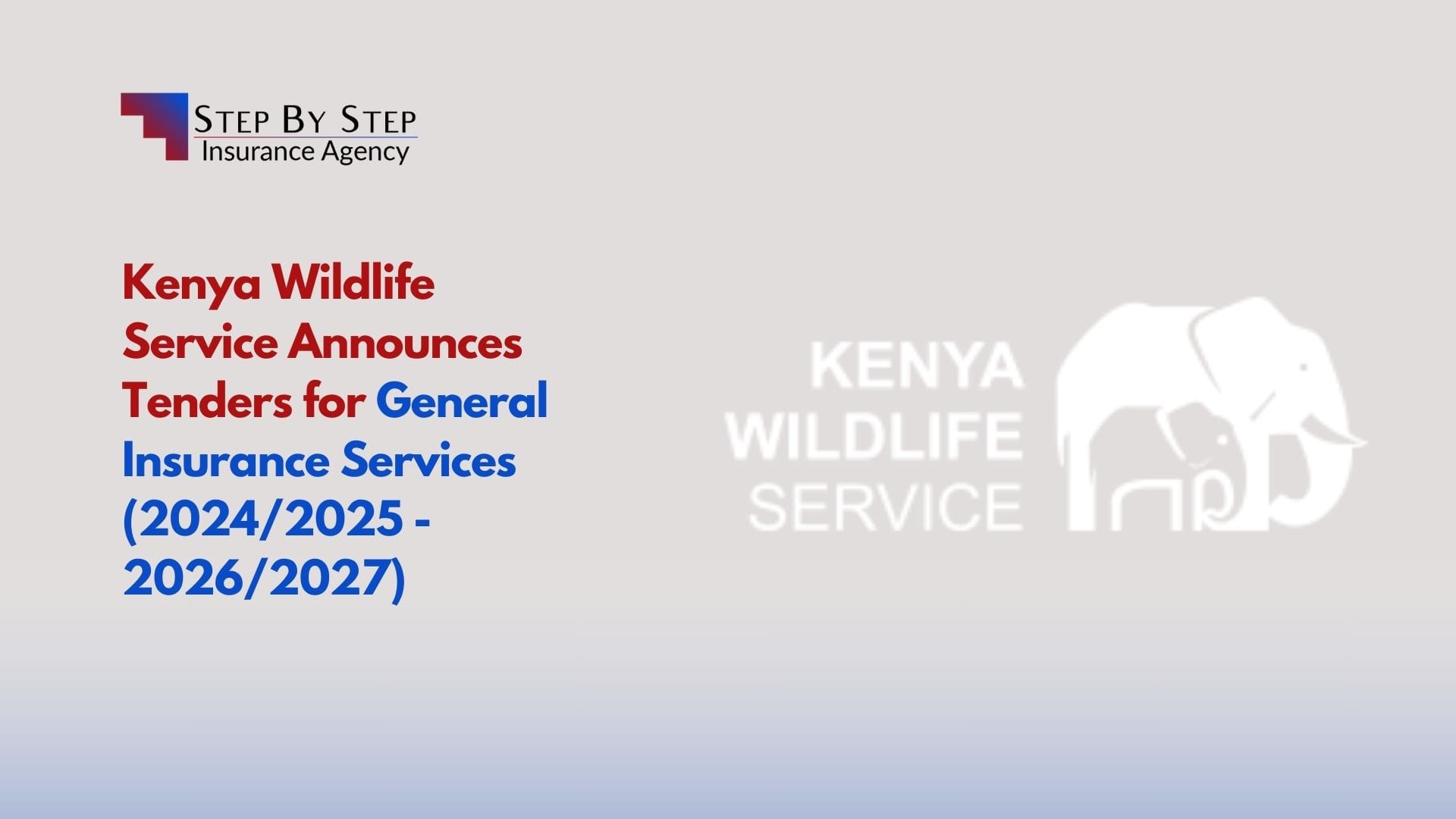Effective communication is a cornerstone of any successful business, and the insurance industry is no exception. Bridging the communication gap not only enhances customer satisfaction but also fosters trust and loyalty, which are essential for long-term success.
This article will explore the challenges insurers face in communicating with consumers, the importance of clear messaging, and strategies for improving engagement.
The Challenges of Insurance Communication
The insurance industry has historically struggled with communication, often leading to misunderstandings and mistrust among consumers. Here are some key challenges:
1. Complex Terminology
Insurance jargon can be confusing for consumers who may not have a background in finance or insurance. Terms like “deductibles,” “underwriting,” and “exclusions” can create barriers to understanding.
A survey conducted by the National Association of Insurance Commissioners (NAIC) found that 70% of consumers feel overwhelmed by the complexity of insurance policies. This complexity not only frustrates potential clients but also discourages them from engaging with insurance products altogether.
2. Lack of Transparency
Many consumers feel that insurers do not provide enough information about policy terms, coverage options, and claims processes. This lack of transparency can lead to frustration and distrust.
According to a study by Accenture, 62% of consumers believe that insurance companies could do more to simplify their communications. When customers are left in the dark about critical aspects of their policies, they are less likely to feel confident in their choices.
3. Inconsistent Messaging
Insurers often communicate through multiple channels—websites, social media, email, and in-person interactions—which can lead to inconsistent messaging.
This inconsistency can confuse consumers and diminish their confidence in the insurer. A lack of cohesive branding and messaging can result in mixed signals about what a company stands for and what consumers can expect.
The Importance of Clear Messaging
Clear communication is vital for fostering positive relationships with consumers. Here are several reasons why effective messaging matters:
a. Building Trust
Transparent communication helps build trust between insurers and consumers. When customers feel informed about their policies and coverage options, they are more likely to trust their insurer during challenging times. Trust is essential in the insurance industry, where customers rely on insurers to provide support when they need it most.
b. Enhancing Customer Satisfaction
Clear messaging contributes to higher levels of customer satisfaction. When consumers understand their policies and feel confident in their coverage, they are more likely to have a positive experience. Satisfied customers are more likely to recommend their insurer to others, driving new business through word-of-mouth referrals.
c. Facilitating Informed Decision-Making
Consumers need clear information to make informed decisions about their insurance needs. When insurers provide straightforward explanations of products and services, customers can choose options that best suit their circumstances. Empowering consumers with knowledge leads to better outcomes for both parties.
Strategies for Improving Insurance Communication
To bridge the communication gap effectively, insurers should implement several strategies:
1. Simplify Language
Insurers should strive to use plain language when communicating with consumers. Avoiding jargon and technical terms makes information more accessible. Providing glossaries or FAQs on websites can help clarify common terms and concepts.
- Example: Instead of using terms like “premium,” insurers could explain it as “the amount you pay for your insurance each month.” This simple change can make a significant difference in how consumers perceive their policies.
2. Enhance Transparency
Insurers must prioritize transparency by clearly outlining policy terms, coverage limits, and exclusions in straightforward language. Regularly updating customers on policy changes or claims processes fosters a sense of openness.
- Example: Insurers could create easy-to-understand infographics that summarize key policy details or changes instead of lengthy documents filled with legal jargon.
3. Utilize Multiple Channels
Insurers should leverage various communication channels—such as social media, email newsletters, webinars, and in-person events—to reach consumers where they are most comfortable. Consistent messaging across all channels is crucial for reinforcing brand identity and building trust.
- Example: A comprehensive approach might include using social media platforms for quick updates while maintaining detailed information on the company website for those seeking deeper insights.
4. Engage in Active Listening
Insurers should actively seek feedback from customers regarding their communication preferences and experiences. Surveys, focus groups, or social media interactions can provide valuable insights into consumer needs.
- Example: By conducting regular surveys after customer interactions or claims processes, insurers can gather feedback on how well they communicated throughout those experiences.
Incorporating feedback into communication strategies demonstrates that insurers value customer opinions and are committed to improvement.
5. Invest in Customer Education
Providing educational resources—such as blogs, videos, or interactive tools—can help demystify insurance concepts for consumers. Hosting workshops or webinars on topics like understanding policy options or navigating claims processes can empower customers with knowledge.
- Example: An insurer might create a series of short videos explaining different types of coverage available or how to file a claim effectively.
Case Studies: Successful Communication Strategies
To illustrate the effectiveness of these strategies, let’s examine some case studies from different sectors that have successfully bridged communication gaps:
Case Study 1: Lemonade Insurance
Lemonade is an insurtech company that has revolutionized how insurance is communicated and sold online. They use a user-friendly app that simplifies the process of obtaining quotes and purchasing policies while employing clear language throughout their platform.
- Results: By focusing on transparency and ease-of-use, Lemonade has garnered a loyal customer base among younger generations who appreciate straightforward communication without jargon.
Case Study 2: Geico’s Advertising Campaigns
Geico has long been known for its memorable advertising campaigns that use humor to convey complex insurance concepts simply and engagingly.
- Results: Their consistent messaging across various platforms—television commercials, online ads, social media—has made them one of the most recognizable brands in the insurance industry while driving significant growth in policy sales.
The Role of Technology in Enhancing Communication
Technology plays a crucial role in bridging communication gaps within the insurance industry:
i. Chatbots and AI-Powered Support
Many insurers are now utilizing chatbots powered by artificial intelligence (AI) to provide instant support to customers seeking information about policies or claims processes.
- Benefits: Chatbots offer 24/7 availability while handling multiple inquiries simultaneously—reducing wait times for customers seeking assistance during peak hours.
ii. Social Media Engagement
Social media platforms enable insurers to engage directly with consumers while providing real-time updates about products or services offered.
- Benefits: By actively monitoring discussions surrounding their brand on social media channels—insurers can address concerns promptly while also promoting positive interactions between current/potential clients alike!
Measuring Communication Effectiveness
To ensure that communication strategies are effective, insurers must establish metrics for measuring success:
a. Customer Satisfaction Surveys
Conducting regular surveys allows insurers to gauge customer satisfaction levels regarding various aspects of communication—from clarity around policy details through responsiveness during claims processing times.
- Metrics: Key performance indicators (KPIs) such as Net Promoter Score (NPS) can help assess how likely customers are to recommend an insurer based on their experiences interacting with them over time!
b. Monitoring Engagement Rates
Tracking engagement rates across different channels provides insights into which methods resonate best with audiences while highlighting areas needing improvement moving forward!
- Metrics: Analyzing click-through rates (CTR) on emails/newsletters alongside social media engagement metrics (likes/shares/comments) helps identify successful content types versus those requiring refinement before re-launching campaigns targeting specific demographics effectively!
Conclusion
Bridging the communication gap between insurers and consumers is essential for enhancing overall engagement and satisfaction within the insurance industry. By simplifying language, enhancing transparency, utilizing multiple channels, engaging in active listening, and investing in customer education, insurers can foster trust and build lasting relationships with their clients.
As we conclude our exploration of key topics affecting Kenya’s insurance sector in this series, we have seen how addressing barriers to penetration, adapting underwriting practices, embracing megatrends, managing a multi-generational workforce, balancing automation with human connection, and improving communication strategies are all vital components for success in an evolving market landscape.
The journey toward effective communication requires commitment from all stakeholders within this dynamic landscape—from executives making strategic decisions down through front-line employees interacting directly daily basis customers seeking assistance navigating complexities associated purchasing protecting themselves against unforeseen circumstances arising unexpectedly during life journeys undertaken together!
By prioritizing clear messaging coupled alongside innovative approaches towards enhancing consumer engagement—insurers will not only improve customer satisfaction but also strengthen brand loyalty while ultimately driving growth within this essential sector serving millions across Kenya today!











